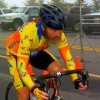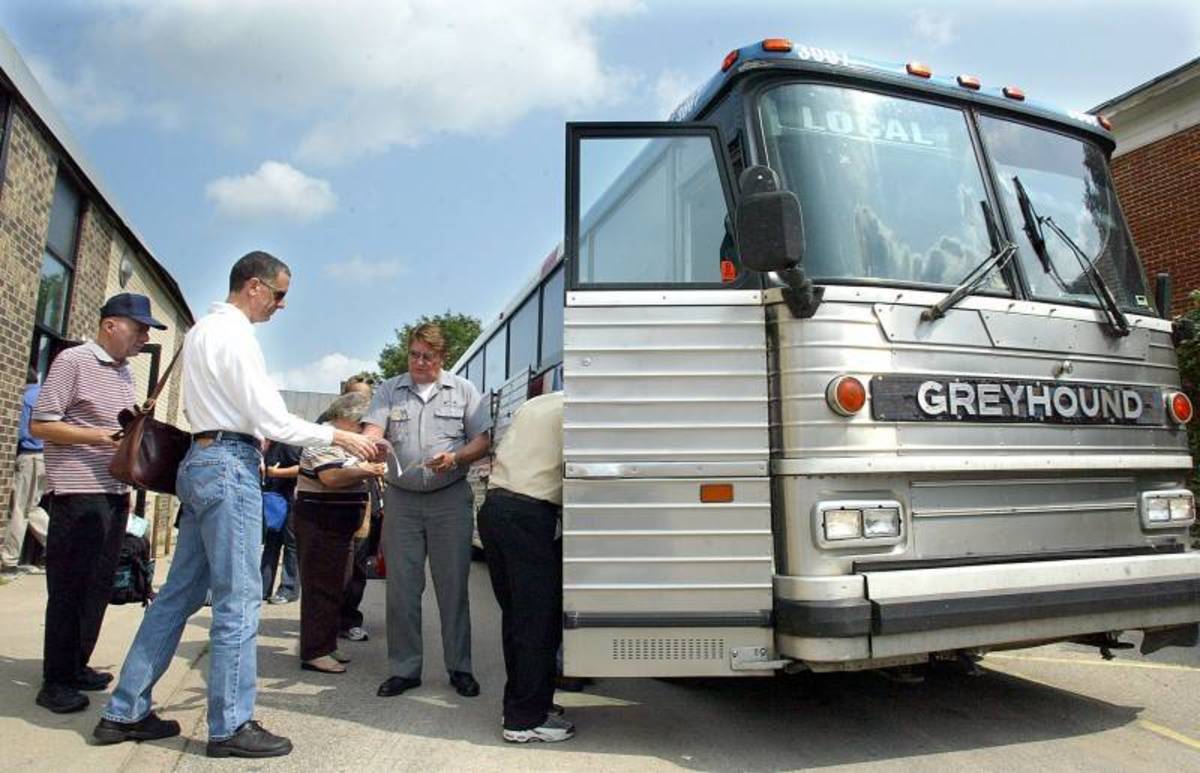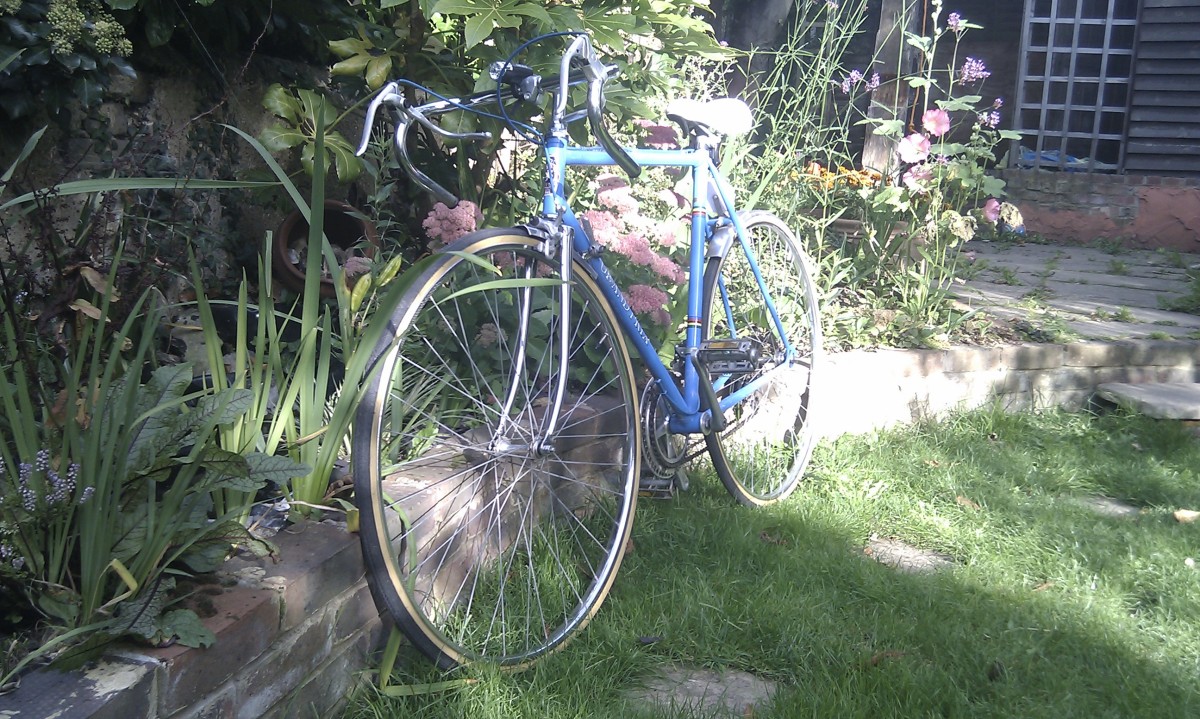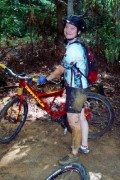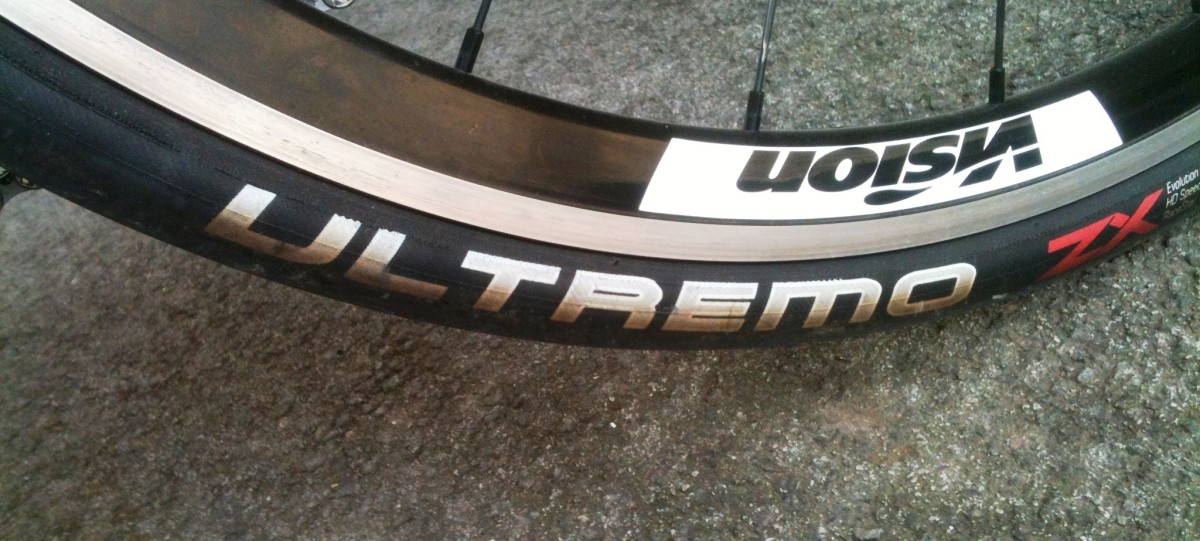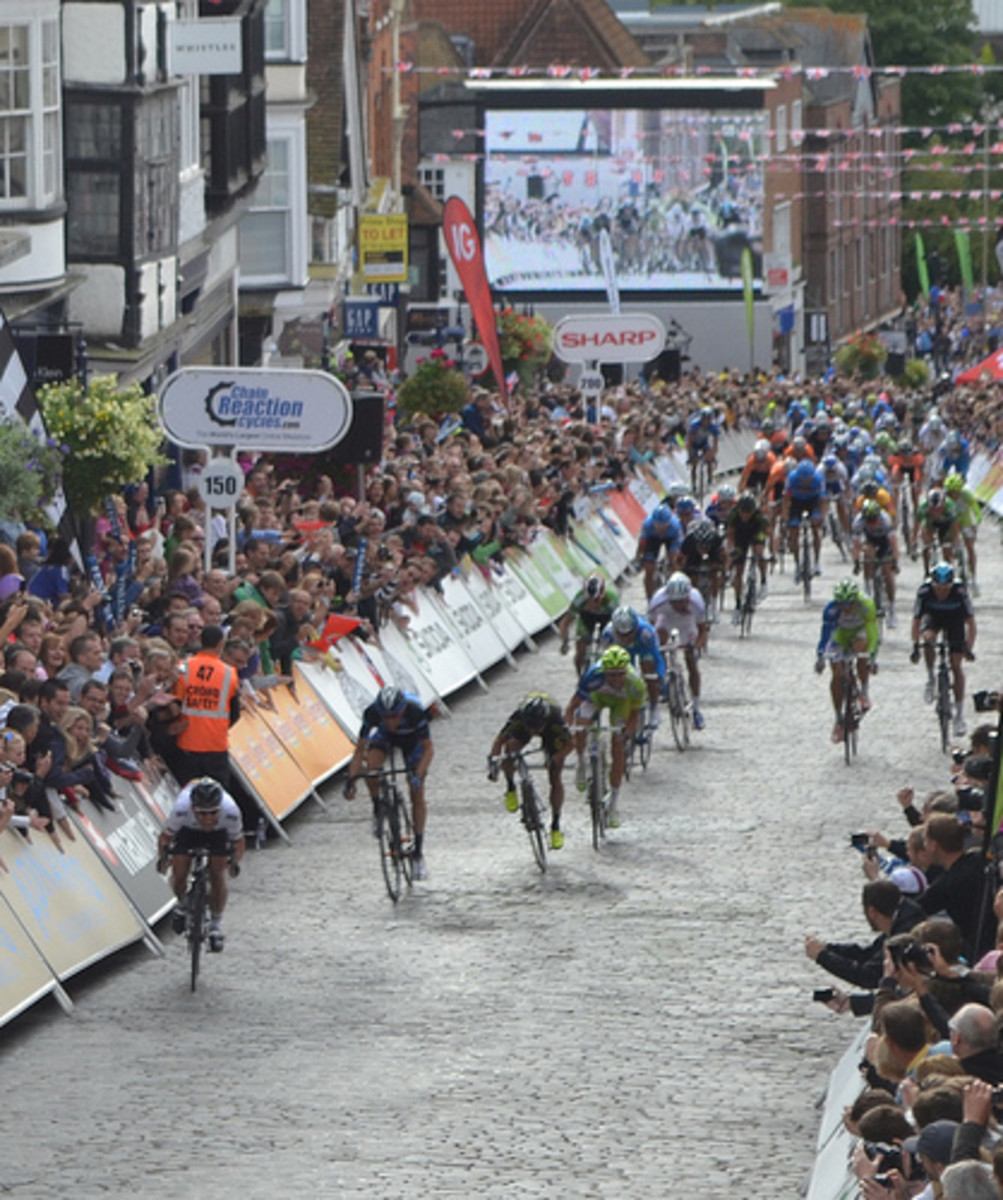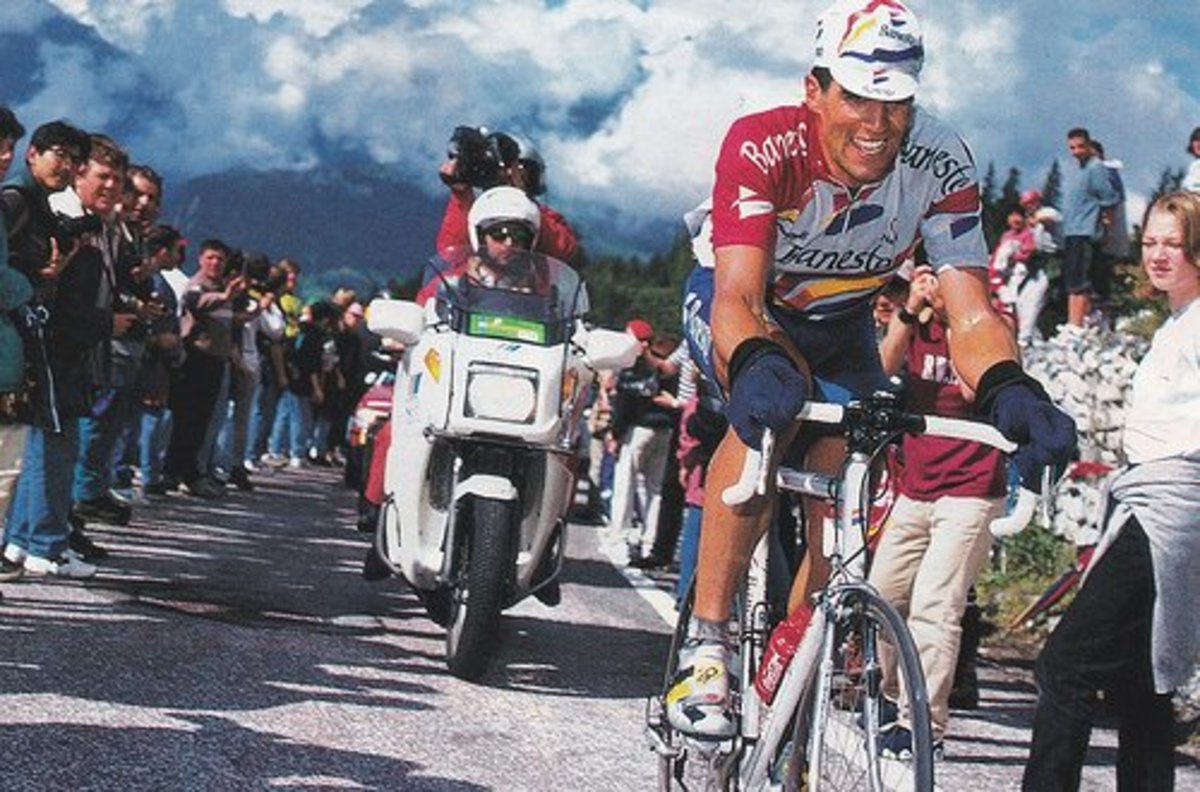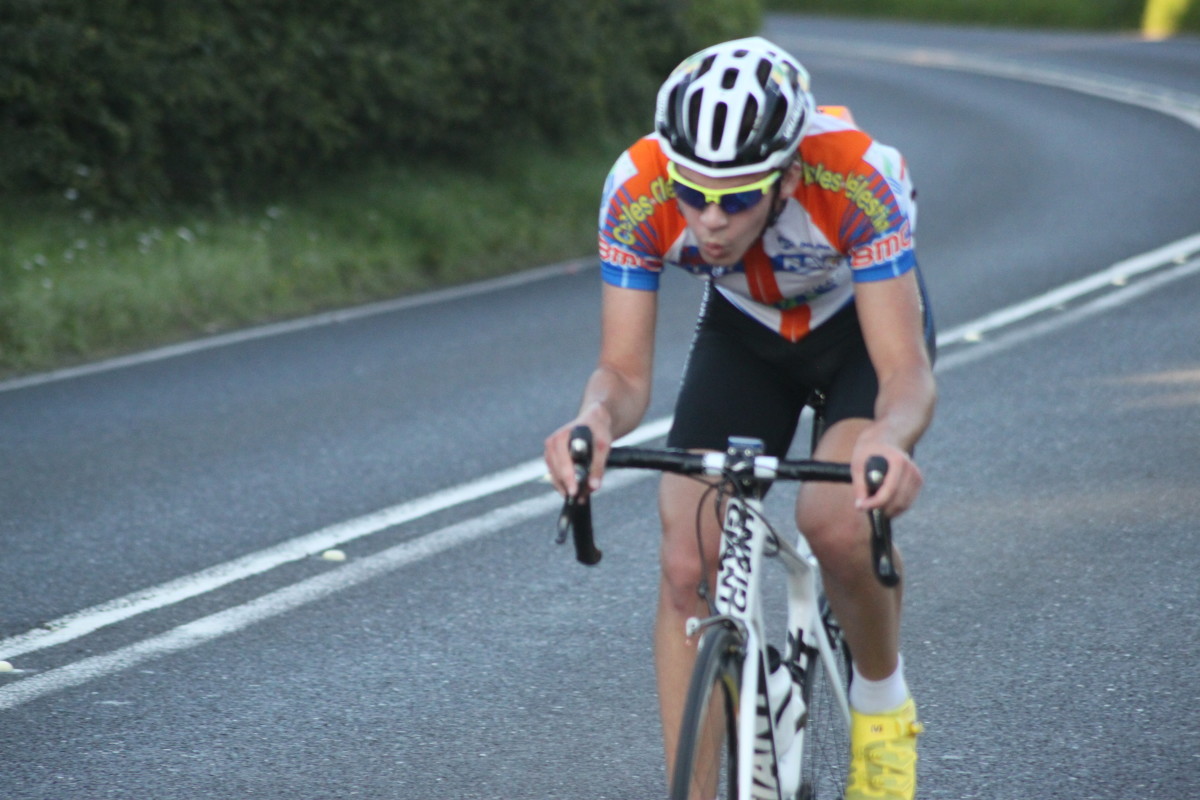Yearly Cycling Training Regimen
A Yearly Cycling Training Regimen
Training is an ugly word to me, especially at my age. In some manner I am indeed training or making an effort to maintain my fitness. There are no “off seasons”.
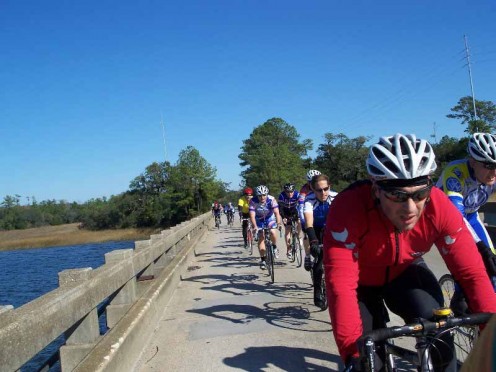
January
This isn’t a month that is kind to cyclists. Modify your training when the roads are icy. Don’t go running. You might do the gym work, ride trainers or “rollers” inside.
Mondays: Gym work weight training/circuit training.
Tuesdays: 2-3 hours on the bike with steady miles
Wednesdays: Gym/weights
Thursdays: 2-3 hours on the bike with steady miles
Fridays: A lighter session in the gym
Saturdays: 3-4 hours on the bike
Sundays: 4-6 hours on the bike
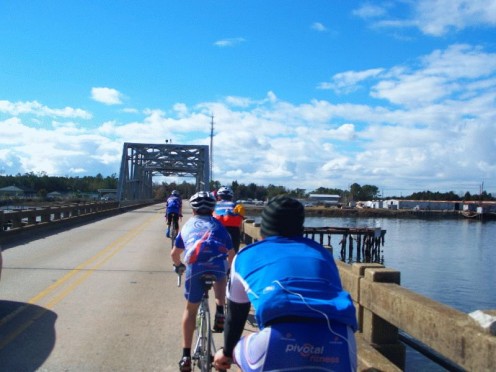
February
Similar program as January but workouts should be progressive.
Bike speed will be improving.
Mondays: Gym work weight training/circuit training.
Tuesdays: 2-3 hours on the bike with steady miles
Wednesdays: Gym/weights
Thursdays: 2-3 hours on the bike with steady miles
Fridays: A lighter session in the gym
Saturdays: 3-4 hours on the bike with steady miles
Sundays: 4-6 hours on the bike with steady miles
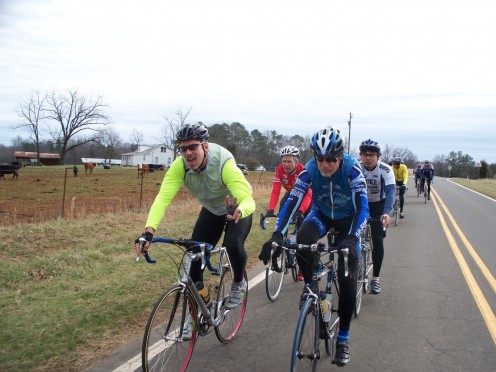
March
The racing season starts now. The weather is improving. More training on the bike is possible and probable therefore less time is spent in the gym. Taper off on the longer, steadier rides for week-ends in favor of workouts for strength, endurance, and speed.
Mondays: Recovery day- lighter training ride with low gears.
Tuesdays: 2-3 hours of general endurance training
Wednesdays: Gym/weights
Thursdays: 3 hours on the bike-long steady distance but lift the speed some, at least toward the end.
Fridays: Rest day- check the bike for the weekend-
Saturdays: Early season races- use them for training- technique-anaerobic threshold
Sundays: Race or go for a 5-6 hour ride. Rev up the pressure from time to time.
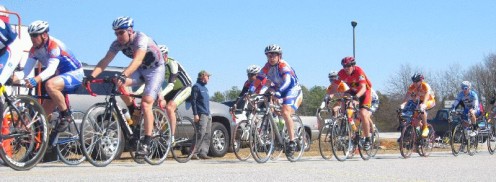
April
Mondays: Again recovery day- lighter training ride with low gears, spinning the legs to work out the lactic acid which will have accumulated from the efforts of the week-end.
Tuesdays: 2-3 hours of general endurance training
Wednesdays: Look for special areas to work on-weaknesses
Thursdays: 3 hours of general endurance training
Fridays: Rest day- check the bike for the weekend
Saturdays: Race according to fitness and conditions-otherwise steady riding
Sundays: Race according to fitness and conditions-otherwise steady riding
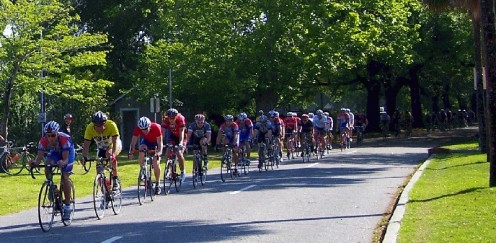
May
Major events start now. These events could tax the body-combined with heavy training, could bring recovery problems. Check you pulse twice daily to see how recovery is progressing. If the pulse is elevated, the next workout should be light.
Mondays: Recovery day- lighter training ride with low gears.
Tuesdays: About 1 ½ hours of paced effort, as fast as you can. This to prepare for greater speed later.
Wednesdays: 3 hours of general anaerobic endurance work. Put out extreme effort from time to time making sure you go into anaerobic condition. This gets your muscles used to working with a build-up of lactic-acid.
Thursdays: Speed training-intervals
Fridays: Rest day- check the bike for the weekend
Saturdays: Racing- If not racing long steady riding and mix it up
Sundays: Racing- If not racing long steady riding and mix it up
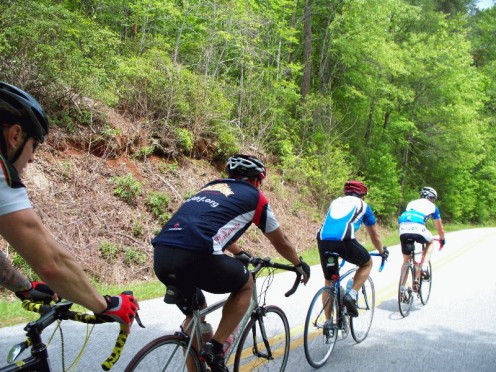
June
Major events start now. These events could tax the body-combined with heavy training, could bring recovery problems. Check your pulse twice daily to see how recovery is progressing. If the pulse is elevated, the next workout should be light.
Mondays: Recovery day- lighter training ride with low gears.
Tuesdays: About 1 ½ hours of paced effort, as fast as you can. This to prepare for greater speed later.
Wednesdays: 3 hours of general anaerobic endurance work. Put out extreme effort from time to time making sure you go into anaerobic condition. This gets your muscles used to working with a build-up of lactic-acid.
Thursdays: Speed training-intervals
Fridays: Rest day- check the bike for the weekend
Saturdays: Racing- If not racing long steady riding and mix it up
Sundays: Racing- If not racing long steady riding and mix it up
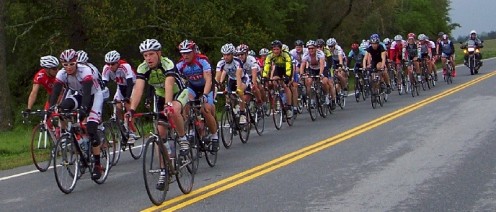
July and August and September
Step up the regimen with more anaerobic work and interval training. Watch out for “staleness” that may be exhibited in loss of sleep, loss of appetite, irritability, and loss of form. If these signs are present slightly, ease up. If these signs are pronounced- give up training for a while. Take your mind off the bike for a while- refresh yourself mentally.
Mondays: Recovery day- lighter training ride with low gears.
Tuesdays: About 1 ½ hours of paced effort, as fast as you can. This to prepare for greater speed later.
Wednesdays: 3 hours of general anaerobic endurance work. Put out extreme effort from time to time making sure you go into anaerobic condition. This gets your muscles used to working with a build-up of lactic-acid.
Thursdays: Speed training-intervals
Fridays: Rest day- check the bike for the weekend
Saturdays: Racing- If not racing long steady riding and mix it up
Sundays: Racing- If not racing long steady riding and mix it up
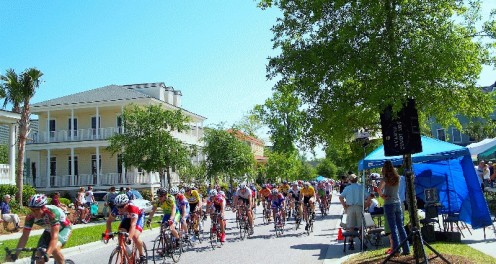
September
September is also century month. Many clubs still have races but many are also sponsoring Metric centuries and centuries. Manyracers will use these as “race days”.
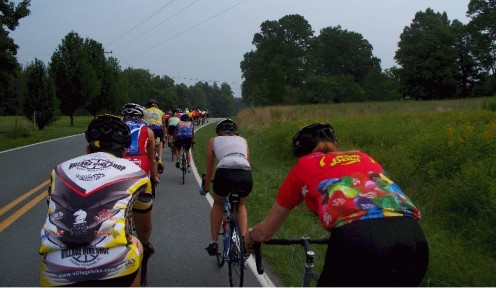
October and December
At the end of a hard racing season the inclination is to rest, stay off the bike, stop training, do more socializing- everything you’ve been putting off.
You need a psychological relaxation period.
Physically, it’s a bad idea to abandon everything. Don’t be taken in when others say that they don’t get on the bike before New Years or some other nonsense. They are certainly doing something. They are cyclo-crossing, mountain biking, swimming, or in the gym. If they are competitive, they are active year-round.
Part of being a great cyclist may be the ability to lie about the training one does.
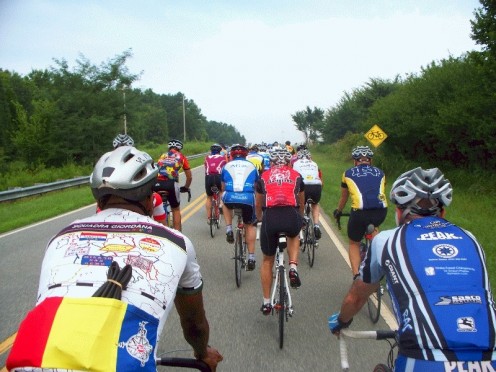
LSD- (long steady distance)
This is the fundamental of training- the cornerstone. LSD is
basic aerobic training to build up stamina. The longer the race is- the more
distance you need in training. It is time in the saddle. Group riding is the
best way for this. It breaks the monotony. Try to retain spin and form. A lot
of racers, including Greg Lemond have said that there is not much need to go
over 3 or 4 hours. However, I know of very proficient riders who concentrate on the time
spent on the bike training a week or so before an event to be equal to the
time spent on race day. It doesn't have to be with the same effort. Time in the saddle can help your "rear" stay in the saddle.
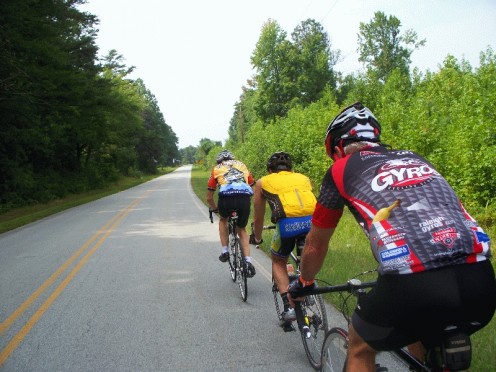
Basic speed or paced-effort training
This is cutting down on distance and concentrating on going faster, pacing your effort throughout the workout. It’s aerobic work but emphasizing on improving speed. A time-triallist would move from LSD to riding 20 to 30 miles at a constant pace, gauging his effort for the distance, but extending himself as well. This will develop speed and accustom your muscles to work at reasonable levels of lactic acid.
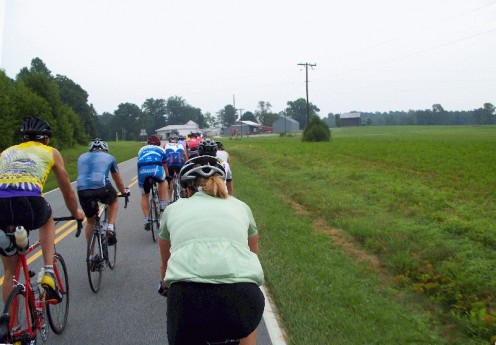
Bit-and-bit
This is aerobic and anaerobic. Perhaps with a group of six, you take a turn at the front of a pace-line. The front rider is making an effort but the riders are changing the lead every 100 to 200 meters. The time taken to ease back to the front should be same as to allow the lactic acid to be dispersed. This can replicate racing conditions such as being in a break-away in a race.
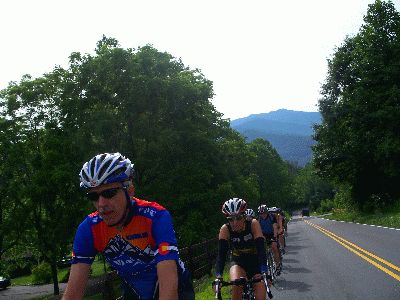
Interval training
This is planned effort and rest period system. The rest period should allow only a “partial recovery”. Efforts should be all-out and rest periods should be very easy. Intensive speed training will be short efforts with short periods of rest.
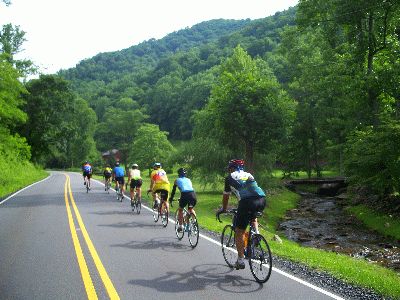
Fartlek
Once having reached a high level of training participate in what is “mock racing”. This is going out with a group, working steadily within your capacity, and occasionally sprinting for a point in the road. This is maintaining a level of fitness with an enjoyable form of training in company.
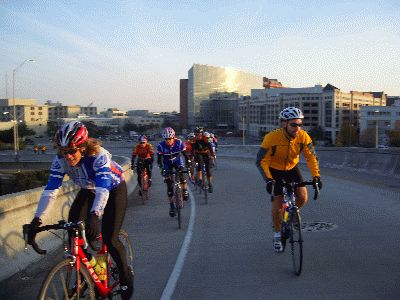
On-the-bike-strength-training
This is using medium high gears and going from a slow speed to a maximum in as short a time as possible. This is similar to intervals but it’s more of using a strong gear but not over revving at maximum speed.
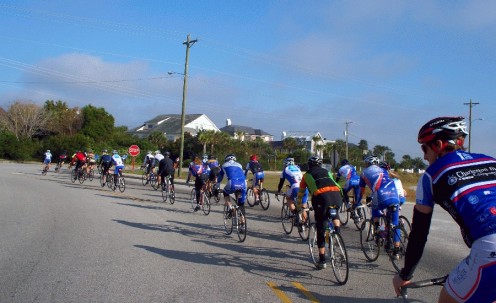
Beginning Competitive Cycling-Keys To The Kingdom
- Beginning Competitive Cycling- Keys To The Kingdom
The absolute best thing to do starting out is to take an audit of your physical condition. You should have a physical exam to determine if there are any hidden health issues as you increase the intensity...
Bicycle How Do I Love Thee
- Bicycle, How Do I Love Thee?
Ive always loved the bicycle it seems. I dont know when I havent. How could one not? But, to see it, cycling, done correctly, to see its true proficiency and efficiency being...
Paris Brest Paris 1995
- Paris-Brest-Paris 1995
Paris-Brest-Paris 1995 I had ridden Boston-Montreal-Boston, another 750 mile endurance bike ride, and knew Id have to live "Paris-Brest-Paris for the next few months. This will make my regular riding...
Eddy Merckx the Sphinx
- Eddy Merckx-the Sphinx
St. Peter was showing a recent arrival around heaven when a rider, on the finest bicycle imaginable, rides by and appears to be the great Eddy Merckx. The recently deceased cyclist says to...
Cyclng Photos and A Lesson On Photo Repair
- http://hubpages.com/hub/120309-Cycling-Photos-and-A-Lesson-On-Photo-Repair
The sun came out and so did we. We hoped for more but it was just us three. The man in front is an older Guy. He's an "old school rider", we'll call him "Cy". He's an old salt and knows the way. Let's...
Food For Fueling
- Food For Fueling
We're all on some diet. Diet usually means we're eliminating something, as in sugar or fat. I have to maintain some discipline or my rear end gets big. That means I have a harder time climbing a hill on my...
Dressing For Cycling In Cold Weather
- Dressing For Cycling In Cold Weather
Dressing to Cycle In Cold Weather There are ways to dress for the cold for maximum comfort and warmth. You can be warm, feel good, and look good. Dont make a fashion faux pas that could result in...
Major Taylor A World Champion 1878-1932
- Major Taylor-A World Champion 1878-1932
At the turn of the 20th century, cycling was the most popular sport. Bicycle racers were the stars. This was still the period of reconstruction of the south. Often blacks were treated as bad as and worse...
